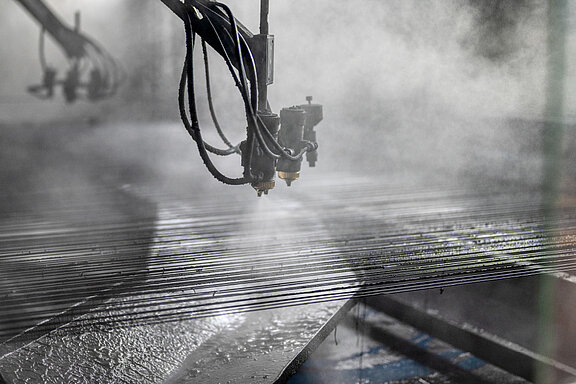Electrochemical impedance spectroscopy (EIS) has established itself as an advanced method for analyzing the corrosion of metallic interconnector plates in high-temperature fuel cells or electrolysis cells (SOFC, SOEC). An exemplary material in this context is Crofer 22 APU (76.8% Fe, 22.7% Cr). This material is subject to extreme stresses during operation as it is exposed to temperatures between 650°C and 900°C as well as humid oxidizing and reducing gases.
For a comprehensive EIS analysis, the appropriately prepared plate is excited at room temperature using a sinusoidal voltage. The resulting current is precisely measured with amplitude and phase over a frequency range of 100 kHz to 10 mHz. The impedance is then calculated from the modulation voltage and the modulation current in terms of magnitude and phase.
The EIS not only enables the thickness of the oxide layer to be determined via the electrochemical resistance, but also allows the oxidation kinetics and the growth kinetics of this oxide layer to be analyzed. This growth becomes clearly visible through the superimposition of the spectra in the Nyquist diagram as corrosion progresses.
Electrochemical impedance spectroscopy enables not only qualitative but also quantitative analyses of the oxide properties. The EIS measurement thus opens up new scientific perspectives for the optimization of high-temperature fuel cells and electrolysis cells by providing detailed insights into the corrosion processes and the development of the oxide layer.
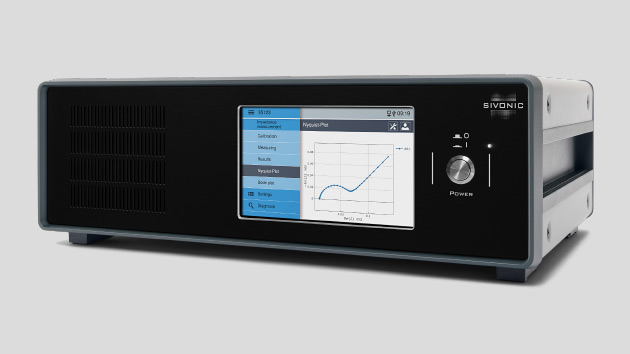
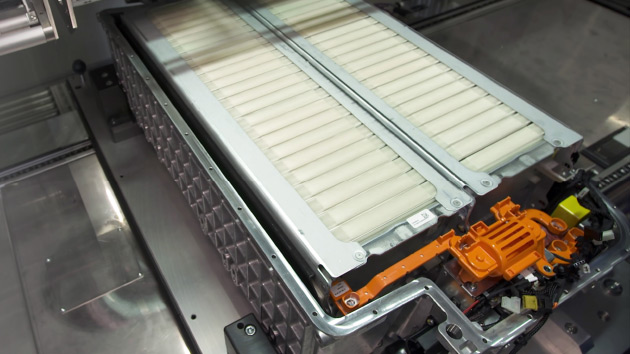

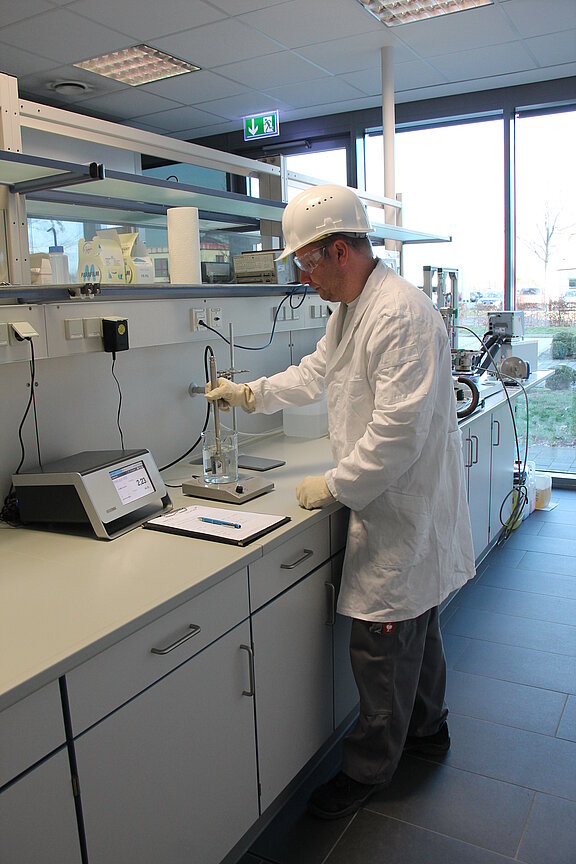
![Fuel Cell [Translate to Englisch:]](/fileadmin/_processed_/e/2/csm_img_Vorschau_Applikationen_Brennstoffzellen_5c9d48bd57.jpg)
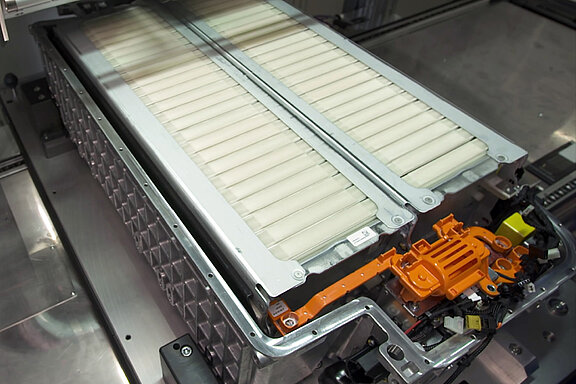
![Electrolysis [Translate to Englisch:]](/fileadmin/_processed_/c/5/csm_img_Vorschau_Applikationen_Elektrolyse_010bb10ebc.jpg)
![Corrosion [Translate to Englisch:]](/fileadmin/_processed_/b/0/csm_img_Vorschau_Applikationen_Korrosion_1a39355e33.jpg)
